您好,登錄后才能下訂單哦!
您好,登錄后才能下訂單哦!
這篇文章主要為大家展示了“pytorch中的torch.nn.Conv2d()函數怎么用”,內容簡而易懂,條理清晰,希望能夠幫助大家解決疑惑,下面讓小編帶領大家一起研究并學習一下“pytorch中的torch.nn.Conv2d()函數怎么用”這篇文章吧。
官網
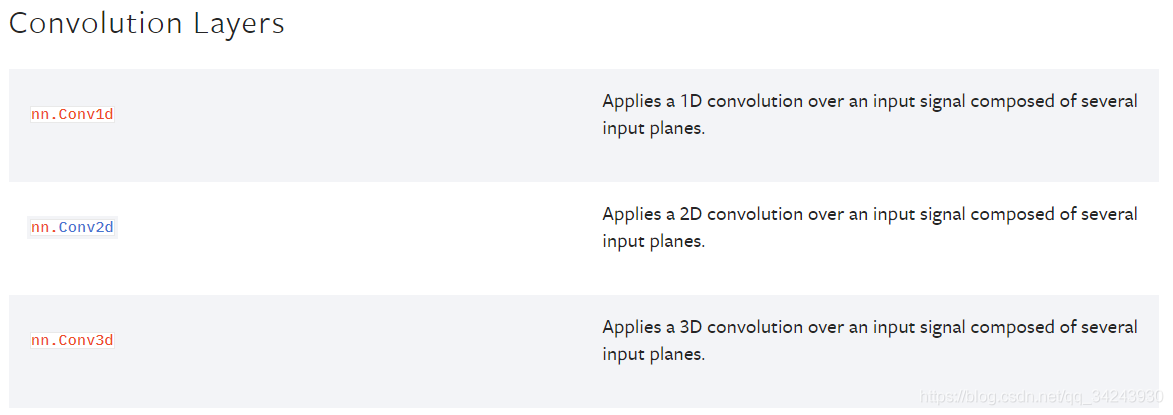
nn.Conv2d:對由多個輸入平面組成的輸入信號進行二維卷積
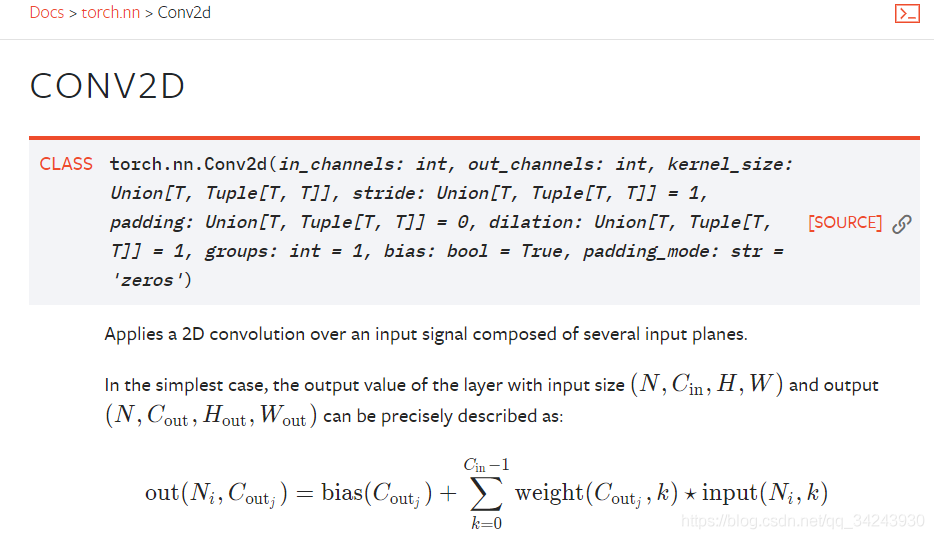
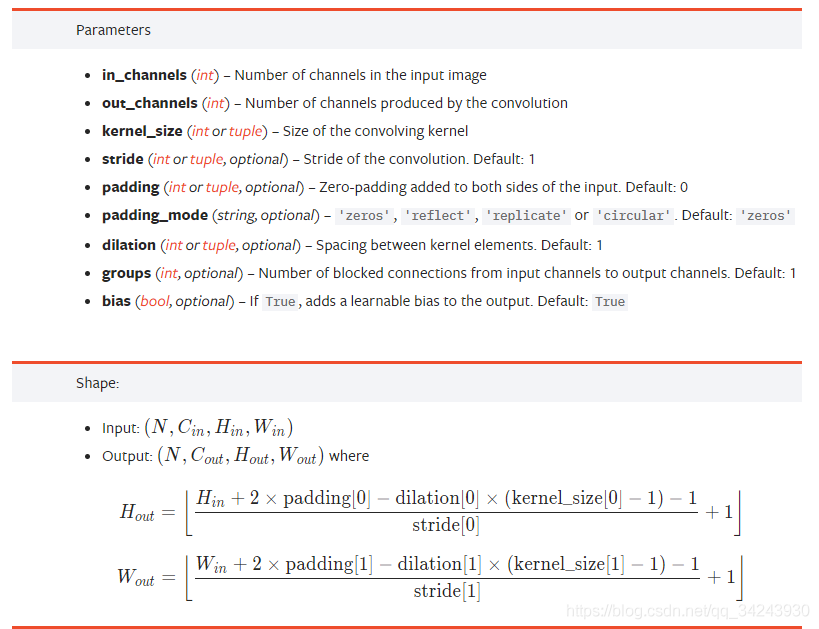
參數詳解
torch.nn.Conv2d(in_channels, out_channels, kernel_size, stride=1, padding=0, dilation=1, groups=1, bias=True)
| 參數 | 參數類型 | ||
|---|---|---|---|
| in_channels | int | Number of channels in the input image | 輸入圖像通道數 |
| out_channels | int | Number of channels produced by the convolution | 卷積產生的通道數 |
| kernel_size | (int or tuple) | Size of the convolving kernel | 卷積核尺寸,可以設為1個int型數或者一個(int, int)型的元組。例如(2,3)是高2寬3卷積核 |
| stride | (int or tuple, optional) | Stride of the convolution. Default: 1 | 卷積步長,默認為1。可以設為1個int型數或者一個(int, int)型的元組。 |
| padding | (int or tuple, optional) | Zero-padding added to both sides of the input. Default: 0 | 填充操作,控制padding_mode的數目。 |
| padding_mode | (string, optional) | ‘zeros’, ‘reflect’, ‘replicate’ or ‘circular’. Default: ‘zeros’ | padding模式,默認為Zero-padding 。 |
| dilation | (int or tuple, optional) | Spacing between kernel elements. Default: 1 | 擴張操作:控制kernel點(卷積核點)的間距,默認值:1。 |
| groups | (int, optional) | Number of blocked connections from input channels to output channels. Default: 1 | group參數的作用是控制分組卷積,默認不分組,為1組。 |
| bias | (bool, optional) | If True, adds a learnable bias to the output. Default: True | 為真,則在輸出中添加一個可學習的偏差。默認:True。 |
dilation操作動圖演示如下:
Dilated Convolution with a 3 x 3 kernel and dilation rate 2
擴張卷積核為3×3,擴張率為2
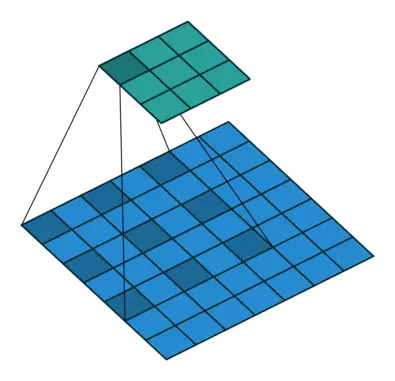
Group Convolution顧名思義,則是對輸入feature map進行分組,然后每組分別卷積。

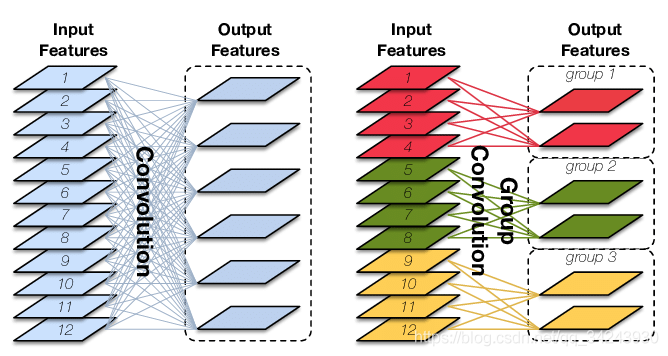
三、代碼實例
import torch x = torch.randn(3,1,5,4) print(x) conv = torch.nn.Conv2d(1,4,(2,3)) res = conv(x) print(res.shape) # torch.Size([3, 4, 4, 2])
輸入:x[ batch_size, channels, height_1, width_1 ]
batch_size,一個batch中樣本的個數 3
channels,通道數,也就是當前層的深度 1
height_1, 圖片的高 5
width_1, 圖片的寬 4
卷積操作:Conv2d[ channels, output, height_2, width_2 ]
channels,通道數,和上面保持一致,也就是當前層的深度 1
output ,輸出的深度 4【需要4個filter】
height_2,卷積核的高 2
width_2,卷積核的寬 3
輸出:res[ batch_size,output, height_3, width_3 ]
batch_size,,一個batch中樣例的個數,同上 3
output, 輸出的深度 4
height_3, 卷積結果的高度 4
width_3,卷積結果的寬度 2
一個樣本卷積示例:
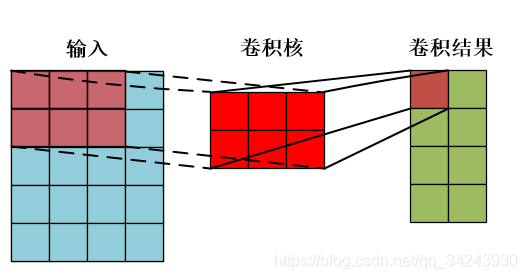
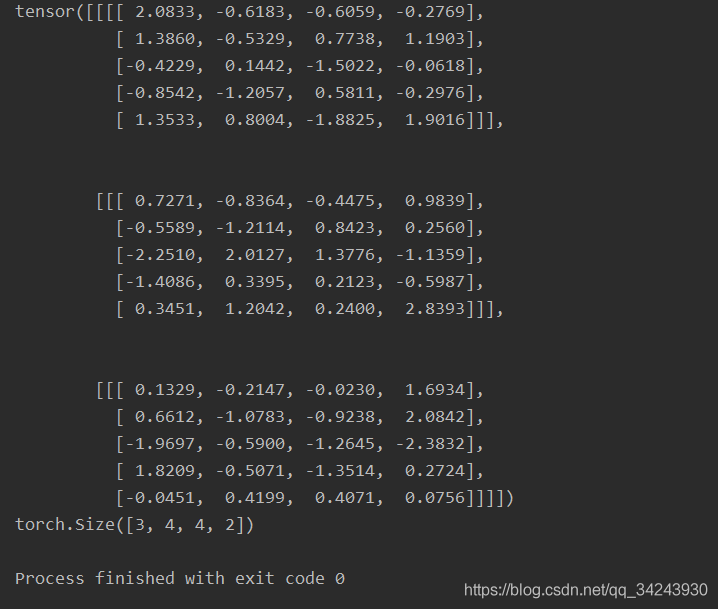
以上是“pytorch中的torch.nn.Conv2d()函數怎么用”這篇文章的所有內容,感謝各位的閱讀!相信大家都有了一定的了解,希望分享的內容對大家有所幫助,如果還想學習更多知識,歡迎關注億速云行業資訊頻道!
免責聲明:本站發布的內容(圖片、視頻和文字)以原創、轉載和分享為主,文章觀點不代表本網站立場,如果涉及侵權請聯系站長郵箱:is@yisu.com進行舉報,并提供相關證據,一經查實,將立刻刪除涉嫌侵權內容。